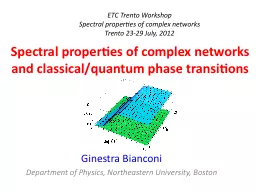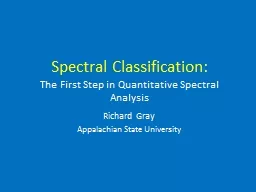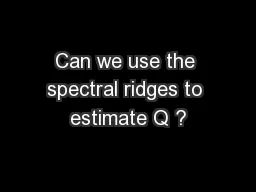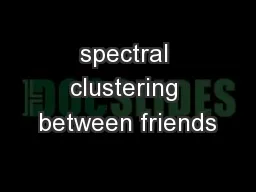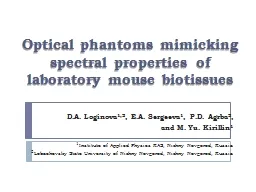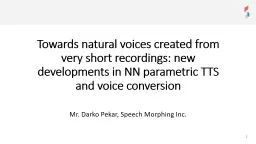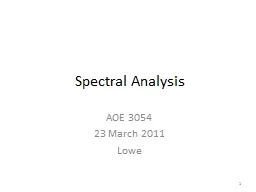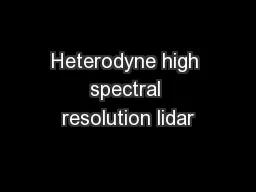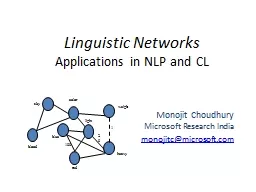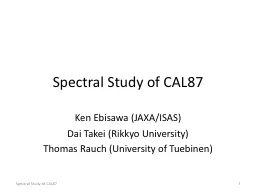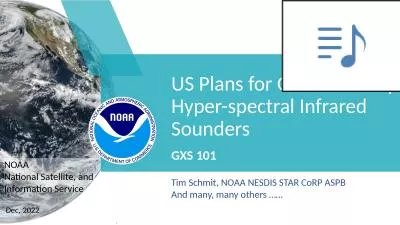PPT-Spectral properties of complex networks and
Author : min-jolicoeur | Published Date : 2015-11-30
classicalquantum phase transitions Ginestra Bianconi Department of Physics Northeastern University Boston ETC Trento Workshop Spectral properties of complex
Presentation Embed Code
Download Presentation
Download Presentation The PPT/PDF document "Spectral properties of complex networks ..." is the property of its rightful owner. Permission is granted to download and print the materials on this website for personal, non-commercial use only, and to display it on your personal computer provided you do not modify the materials and that you retain all copyright notices contained in the materials. By downloading content from our website, you accept the terms of this agreement.
Spectral properties of complex networks and: Transcript
Download Rules Of Document
"Spectral properties of complex networks and"The content belongs to its owner. You may download and print it for personal use, without modification, and keep all copyright notices. By downloading, you agree to these terms.
Related Documents

